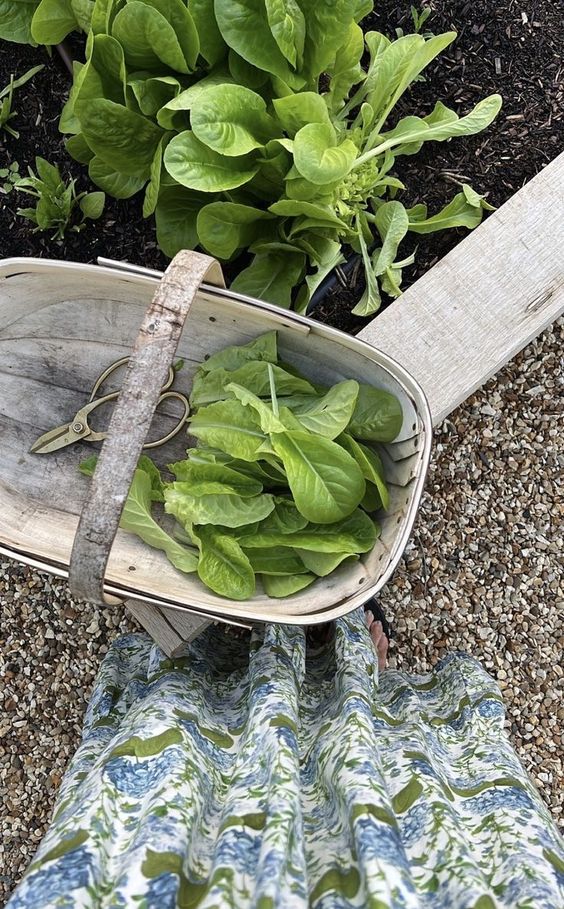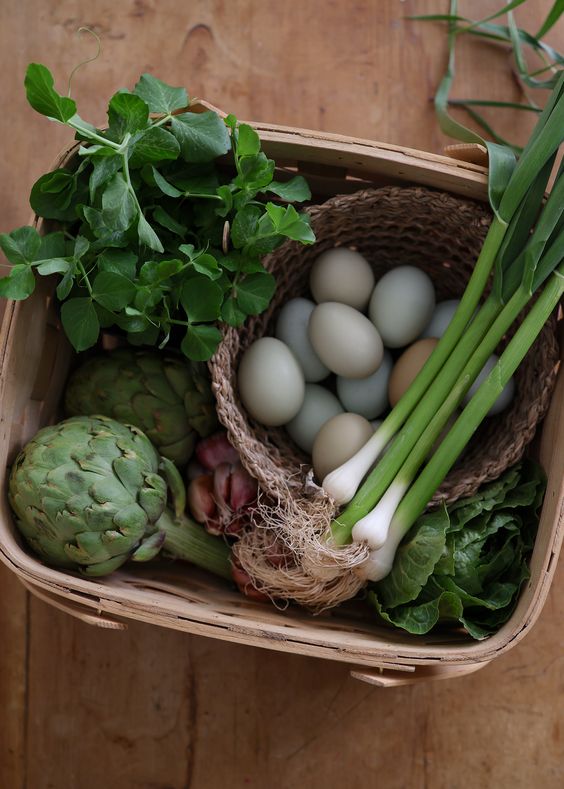Creating a sustainable garden is more than just a trend; it’s a rewarding way to contribute to environmental preservation while enjoying the beauty of nature. Whether you’re looking to reduce your carbon footprint or simply want a serene outdoor space, a sustainable garden offers a multitude of benefits. This article will guide you through some practical steps to create your own sustainable garden oasis, incorporating techniques that conserve water, improve soil health, and support local wildlife.
Planning Your Sustainable Garden
Before you start digging, it’s essential to plan your garden with sustainability in mind. Consider the local climate, soil type, and available resources. Begin by selecting native plants, which are well-adapted to your region and require less water and maintenance. Native plants not only thrive in local conditions but also provide habitat and food for local wildlife.
One of the most effective ways to conserve water in your garden is by using a rainwater harvesting system. Collecting rainwater in barrels or installing a more complex irrigation system can significantly reduce your reliance on municipal water supplies. Additionally, incorporating mulch around your plants helps retain soil moisture, reducing the need for frequent watering.

Composting: The Key to Healthy Soil
A healthy garden starts with healthy soil. Composting is a sustainable practice that not only reduces waste but also enriches your soil with essential nutrients. By composting kitchen scraps, garden waste, and other organic materials, you create a rich, fertile soil that promotes plant growth and reduces the need for chemical fertilizers. When setting up your compost bin, make sure to include a balance of green and brown materials. Green materials, such as vegetable scraps and grass clippings, provide nitrogen, while brown materials, like dried leaves and straw, add carbon. The right mix ensures that your compost breaks down efficiently, resulting in a nutrient-dense soil amendment, as discussed in a helpful resource on sustainable living.
Sustainable Watering Practices
Water conservation is crucial in any sustainable garden. Aside from using rainwater, consider implementing other water-saving techniques. Drip irrigation, for example, delivers water directly to the roots of your plants, minimizing evaporation and ensuring that every drop counts. Additionally, watering your garden in the early morning or late evening reduces water loss due to evaporation and ensures that plants have enough moisture to thrive.
Another important aspect of water management in a sustainable garden is maintaining your septic system. Regular septic tank cleaning is essential to prevent leaks and contamination of nearby water sources, which could harm your garden’s ecosystem. By ensuring that your septic system functions properly, you protect both your garden and the broader environment from potential hazards.

Supporting Local Wildlife
A sustainable garden is not just about plants—it’s about creating a thriving ecosystem nm. Encourage biodiversity by planting a variety of species that attract beneficial insects, birds, and pollinators. For instance, flowering plants like lavender and sunflowers attract bees and butterflies, while shrubs and trees provide shelter for birds and small mammals.
Installing bird feeders, bat houses, and insect hotels can further enhance the habitat in your garden. These small additions support wildlife by providing food and shelter, promoting a balanced ecosystem where pests are naturally controlled without the need for harmful pesticides.
Building a sustainable garden is a fulfilling endeavor that brings you closer to nature while making a positive impact on the environment. By carefully planning your garden, practicing composting, conserving water, and supporting local wildlife, you create a green oasis that flourishes year-round. Sustainability doesn’t stop at the garden’s edge; it extends to all aspects of home maintenance, including eco-friendly practices like regular septic tank cleaning. Embrace these techniques, and you’ll not only enjoy a beautiful garden but also contribute to a healthier planet for future generations.




 Follow
Follow






COMMENTS ARE OFF THIS POST